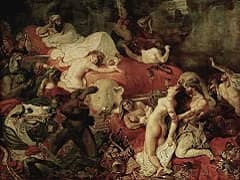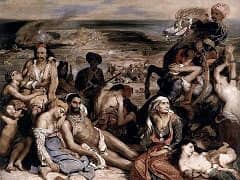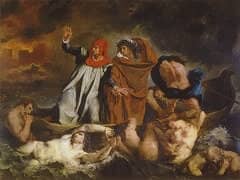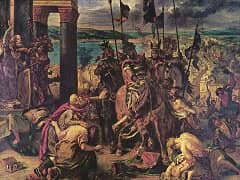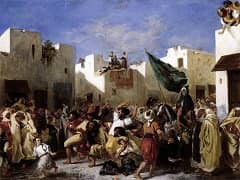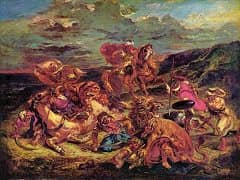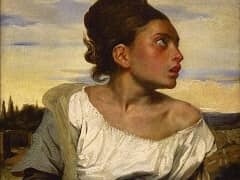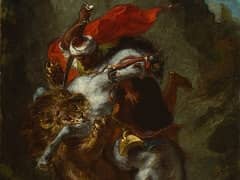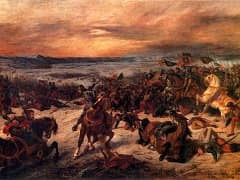Pieta by Eugene Delacroix

Pieta is a small painting created by Eugene Delacroix around 1850.
Before this work, Delacroix had delivered another portrayal of the testimony of Christ during the 1840s. Here we track down only two figures, with Christ slouched over in the murkiness. The sunset background gives barely sufficient light to us to see the detail before us. The mood impeccably suits the subject. Christ himself is wearing white fabrics, a lot of which is torn and hanging flaccidly around his body. He is thin, lifeless, and apparently desperate. This profound scene had been portrayed by different artists in their own works and Christ's life was exceptionally preeminent in the hundreds of years before the French Romancitist movement, in part because of its dominance in western culture.
Mary is, obviously, the figure mourning in this scene as she thinks about the cadaver of Christ in this moving and disturbing scene. Many different expressions of Pieta have added all manner of other figures into each composition, and among them, the most prominent one is the Pieta Sculpture by Michelangelo. The strong tone in Delacroix's form attracts quite some admirers: Vincent van Gogh makes his copy of Pieta after Delacroix when he was leaning the expressive style of romanticism.


